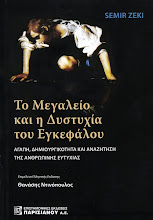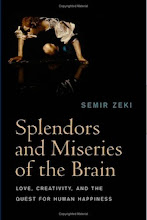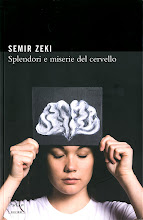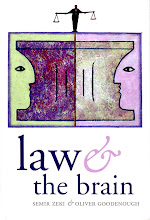Some two weeks ago, I went to Tate Britain in London to view the Eadweard Muybridge exhibition when, in another part of the Gallery, I was confronted by a room with four immaculately clean white walls. Was this part of an exhibition, I wondered? It could have been. After all, one of the characteristics of contemporary art is to involve the viewer more imaginatively in what the artist is trying to depict, or for that matter cannot depict. Nor is contemporary art entirely new in this endeavour. Sandro Boticcelli ,who set out to illustrate all of the cantos of Dante’s Divine Comedy left some of them un-illustrated. The pages corresponding to these cantos are left blank – as if to engage the viewer more imaginatively in translating Dante’s difficult concepts about love and beauty, which Dante himself confessed he found difficult to render in language. But the empty walls at the Tate were not, it turned out, part of an exhibition. They were just that – empty walls, the room being decorated for another exhibition. But it did get my imagination working.
Not long after, in Tokyo last week, I stayed in a delightful hotel. Nothing luxurious, but my room was a delight to wake up in and to return to at night. What could have been the source of this delight? Well, quite simply EMPTY WALLS. There were none of these art works, sometimes in the form of posters, chosen by the management or the interior designer. Instead the bareness of the walls, decorated in white, invited the imagination to wonder, and to wander as well, and create an imaginary museum in a small room. What would I put here, or there, if allowed? What would merge best with the remaining colours of the room, mostly brown? After all, to decorate a room, you have to begin with an empty wall.
I do not know whether this baring of the walls was intentional on the part of the management. But this was Japan, and of course it could have been. For many of the beautiful prints and drawings from Japan have a compelling characteristic, which is that they are set against relatively large empty spaces that are a stimulant to the imagination. It was those empty spaces in Japanese drawings that so influenced Paul Klee in his early drawings when there was a craze for things Japanese.
The Japanese, if I understand them, are masters of the unsaid and the unstated, of subtlety and ambiguity, all of which constitute powerful stimulants to the imagination.
I can really recommend a beautifully but sparsely furnished room with empty walls!
Sunday, January 30, 2011
Subscribe to:
Post Comments (Atom)









 Contact us
Contact us
No comments:
Post a Comment